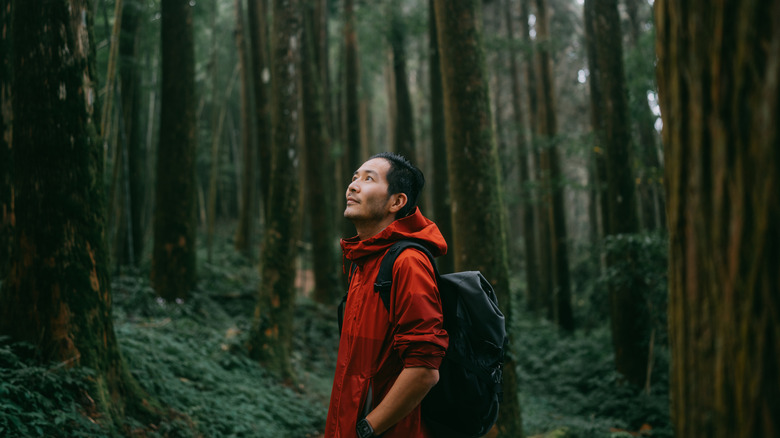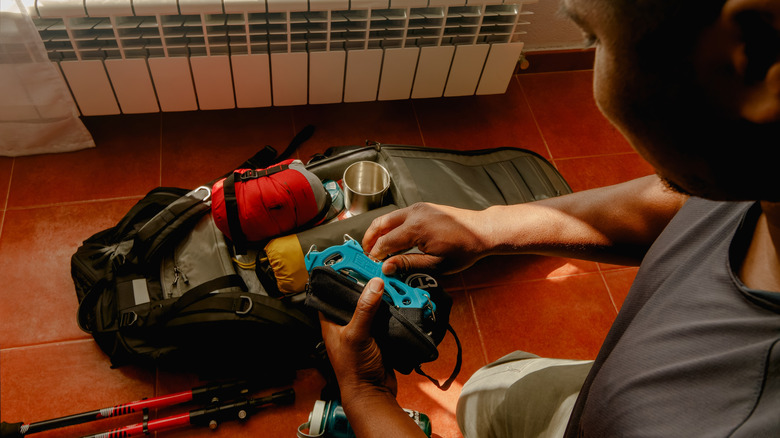Water, snacks, a good pair of hiking boots, and a map — packing for a day hike feels like a pretty straightforward process that doesn’t involve much hardcore planning or prep work. That said, even the most carefully planned hikes along scenic and peaceful beginner hiking trails can take unexpected turns. A wrong turn, a twisted ankle, or even helping another hiker in distress can quickly transform your morning adventure into a full day outdoors — or worse, into an overnight experience that’s entirely out of your comfort zone.
And while most hikers might think that simply rushing to finish the trail when daylight starts to fade is the safest way to return, the truth is that panicking and hurrying doesn’t really help. On the contrary, it just increases the risk of potential falls and injuries.
Thankfully, though, there’s a great way to stay calm and increase your chances of safety: Always prepare for an overnight emergency. After all, by carrying a few extra supplies and simply leaning into the mindset that you might need to spend a night outdoors every time you lace up your shoes, you can essentially shake off the pressure of having to hurry back unsafely. Not only that, but having this backup option available also allows you to make much smarter, level-headed decisions — ones that aren’t clouded by fear or pressure — when unexpected challenges and complications come up.
Staying prepared for an overnight emergency when hiking
You’re probably feeling a little anxious by now, thinking that successfully planning for an overnight emergency means having to stuff your daypack full of camping gear, cooking supplies, and sleeping equipment. Don’t worry, though — that’s definitely not the case. Instead, when it comes to emergency preparation, avid hikers recommend focusing on lightweight items that can provide a basic level of comfort and safety if you do happen to get stuck. This includes a reliable light source (like a headlamp or flashlight) with fresh batteries, a DIY survival or first aid kit, rain protection, an extra warm layer, and an emergency blanket that can fold down.
Nutrition-wise, you’ll also want to pack extra food beyond what you’d need for your planned hike. For example, energy-dense snacks like nuts or protein bars take up little space but provide crucial calories if you’re stranded. Other practical additions include jerky, dried fruits, hard cheeses that don’t require refrigeration, and compact nut butter packets for quick energy. Lastly, don’t forget to bring a durable water bottle, plus a couple of hydration packets (like these ones from Liquid I.V., available on Amazon) to ensure that you can stay properly hydrated for longer.




